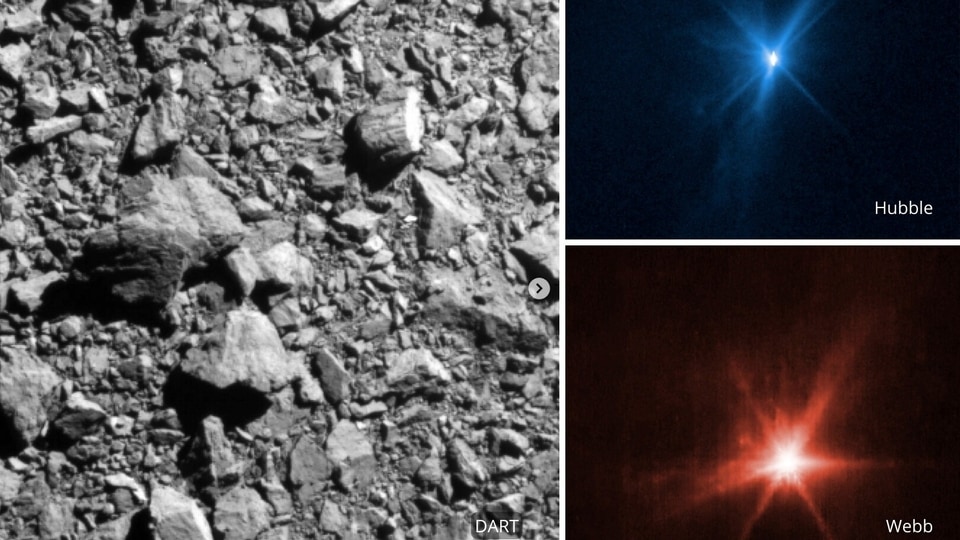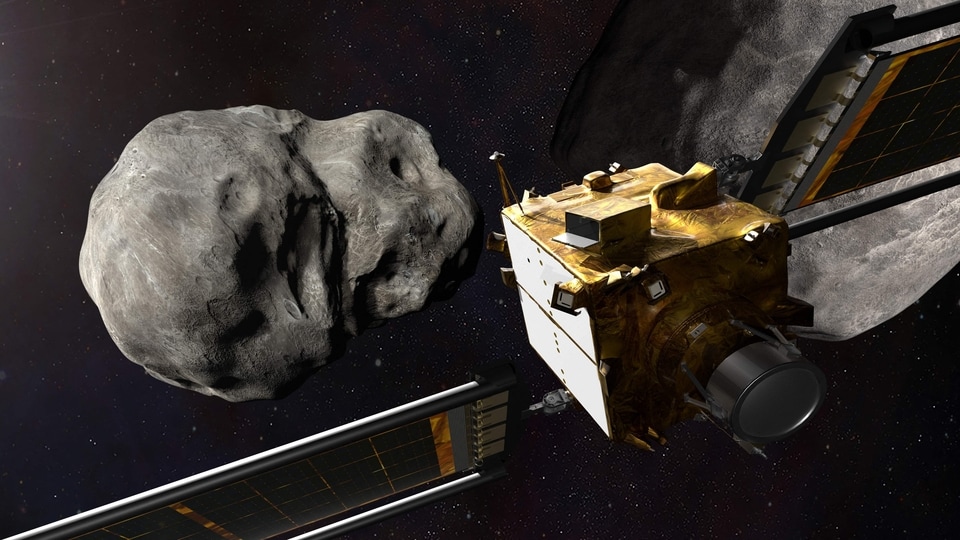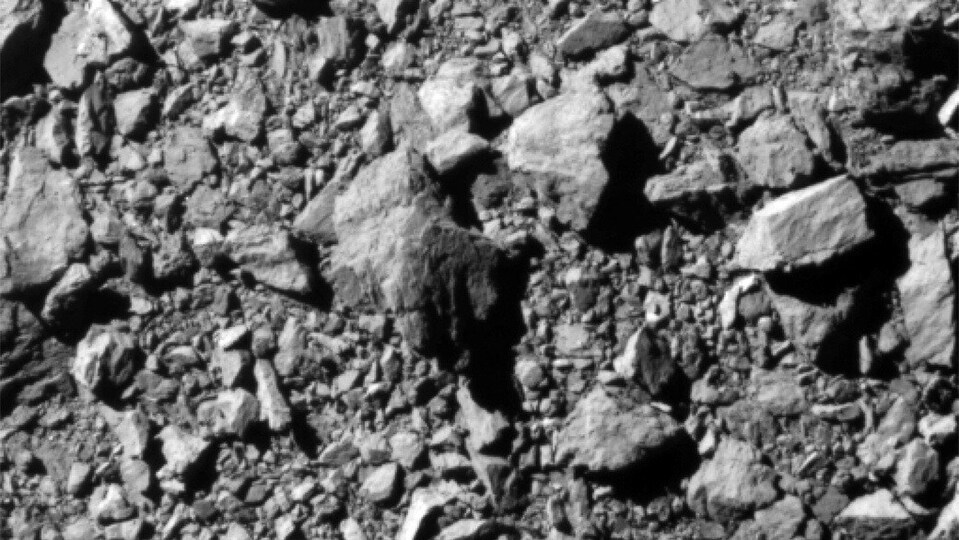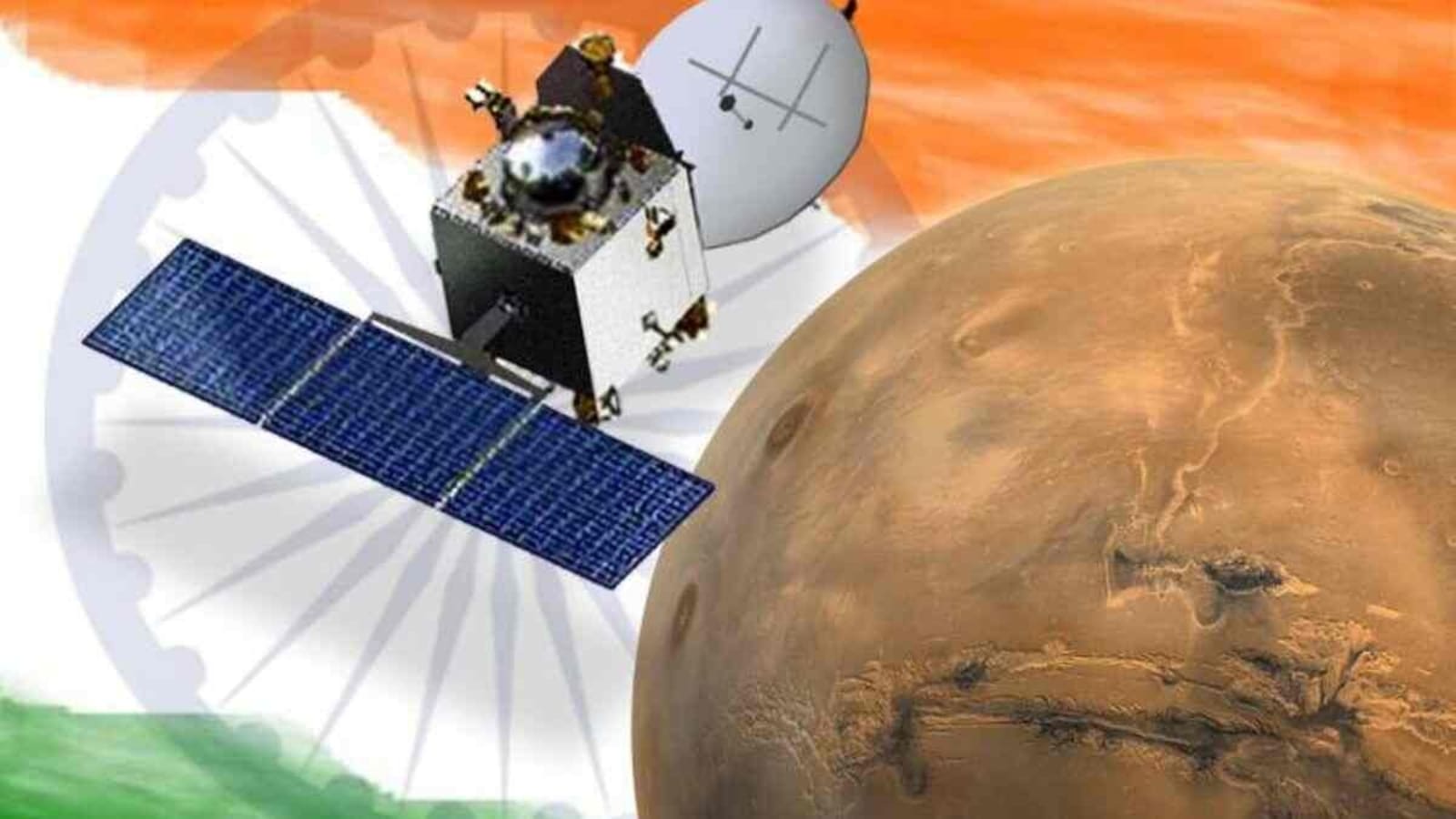In big blow, ISRO's Mangalyaan runs out of fuel over Mars; 450 cr orbiter lost
In a big blow, ISRO's Mars Orbiter Mangalyaan has run out of fuel and the satellite battery has drained. Check details here.





_1664474838769.jpeg)

 View all Images
View all ImagesIndia's Mars Orbiter Mangalyaan has run out of fuel and its battery has drained beyond the safe limit. "Right now, there is no fuel left. The satellite battery has drained," sources in the Indian Space Research Organisation (ISRO) told PTI. "The link has been lost", he added. However, there was no official statement from the country's national space agency. With fuel on board, ISRO had been performing orbital manoeuvres on MOM spacecraft to take it to a new orbit to avoid an impending eclipse in the past.
"But recently there were back-to-back eclipses including one that lasted seven-and-half hours," officials said on condition of anonymity, noting that all the propellant on board the ageing satellite had been consumed. "As the satellite battery is designed to handle eclipse duration of only about one hour and 40 minutes, a longer eclipse would drain the battery beyond the safe limit," another official said.
It can be known that the Rs. 450 crore Mars Orbiter Mission was launched onboard PSLV-C25 on November 5, 2013, and the MOM spacecraft was successfully inserted into Martian orbit on September 24, 2014 in its first attempt. ISRO officials also said that the Mars Orbiter craft has functioned well beyond its designed mission life of six months. "It has done its job and yielded significant scientific results," they said.
Mangalyaan Mission: Objectives
The objectives of the mission were primarily technological and included design, realisation and launch of a Mars Orbiter spacecraft capable of operating with sufficient autonomy during the journey phase; Mars orbit insertion/ capture and in-orbit phase around Mars.
The MOM carried five scientific payloads (total 15 kg) collecting data on surface geology, morphology, atmospheric processes, surface temperature and atmospheric escape process. The five instruments are: Mars Color Camera (MCC), Thermal Infrared Imaging Spectrometer (TIS), Methane Sensor for Mars (MSM), Mars Exospheric Neutral Composition Analyser (MENCA) and Lyman Alpha Photometer (LAP).
Catch all the Latest Tech News, Mobile News, Laptop News, Gaming news, Wearables News , How To News, also keep up with us on Whatsapp channel,Twitter, Facebook, Google News, and Instagram. For our latest videos, subscribe to our YouTube channel.






























